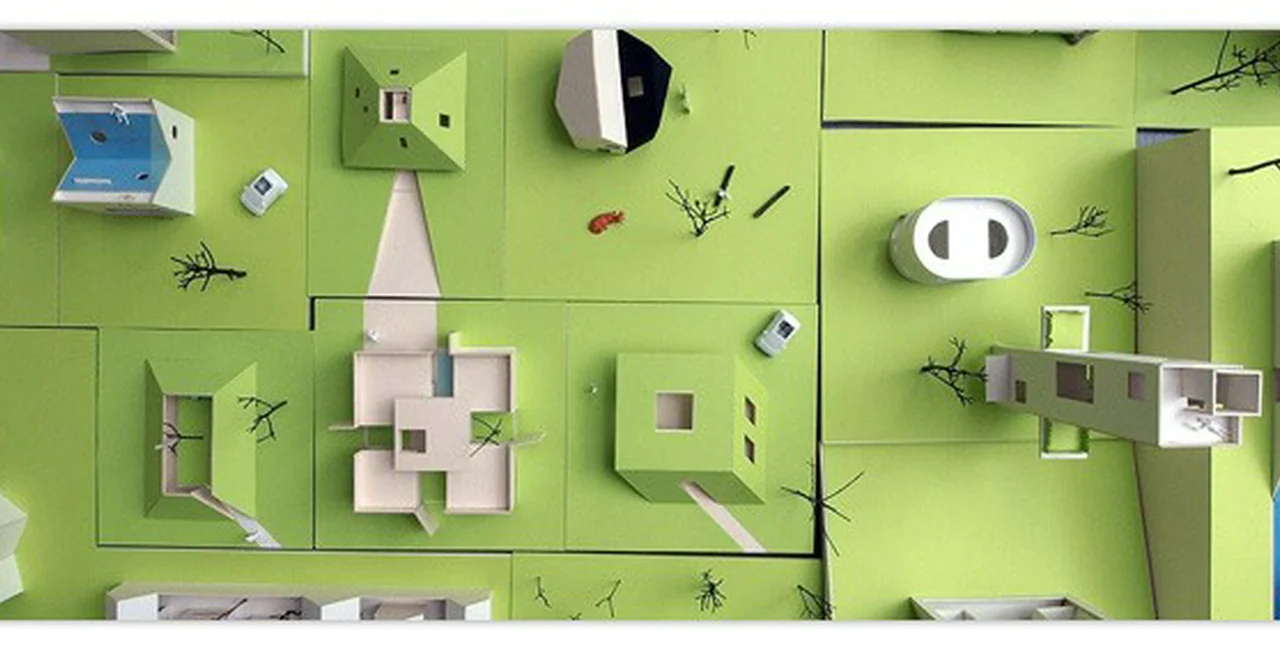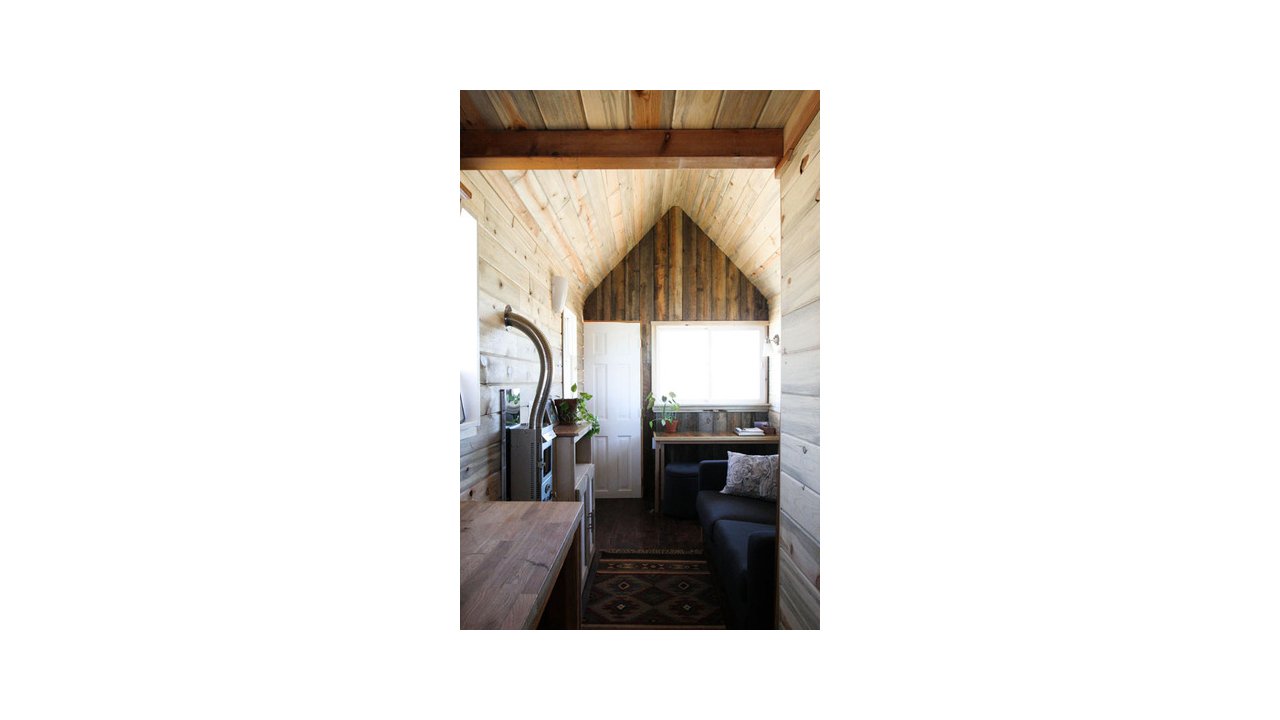In Warsaw, Poland, a home received press around the globe this past year for its exceptional size. Dubbed the narrowest house in the world, the Keret House, which is built in between two buildings in a 152 cm wide gap space, is just 14m2 and measures 133 cm in its widest spot. In New York, the AdAPT NYC design competition – hosted by the city’s mayor – has led to what will be the Big Apple’s first “official” micro-housing: a 55-unit apartment complex with flats ranging from 250 to 370 square feet. Built by Laos-born architect Van Bo Le-Metnzel, the world’s smallest “home” measures just 1 m2.
“Tiny homes” and “small spaces” are all the rage, with a Google search for the former leading to 367,000 results and for the latter, 5,670,000 results. The reasons are as varied as the executions.
In this second installment of our design series, will take a look at some of them, delve into the reason behind the craze, give some tips for how to make tiny spaces work well and finally, have a look at some examples here in the Czech Republic.
1. What kind of tiny house would you like to call home?
Tiny house options are abundant. If you start looking at photos on the web, you’ll lift your head up at some point and realize half your day is gone. One author went so far as to write an article about it. My personal favorites include those of the well-designed cabin look (see cover photo in above article) – made from high-quality materials (often re-salvaged) and full of comfy nooks and crannies and big windows; those made from modules; and almost any small space made by Japanese architects and designers: the kings of micro-housing. There are a number of tiny house builders, as well as those that offer kits or plans so you can build your own. This guy built his own and somebody made a movie about it.
There are also lots of portable versions, including tiny homes on wheels – I came across a tiny home made from a trike. There are a number of tiny homes made from formerly portable structures including buses, barges and other boats, horse boxes and caravans. There are also tiny homes made from other re-purposed structures including garages and the ever-popular shipping container. The popular U.S.-based website (which features living spaces around the world), Apartment Therapy, recently featured a top ten list of their favorite tiny homes. Another good place to start is this blog: Tiny Houses: Small Spaces.
2. Why live tiny?
The general consensus amongst small space enthusiasts is that through tiny living, you can live larger in other ways. As the author of the Tiny House Design blog, Michael Janzen, puts it, “In a nutshell, tiny houses give you back freedom in the form of time, money, and peace of mind. Why? How? Simply because they cost less to own, clean, heat, cool etc. The less money you spend on your home the less you have to earn or the more you keep in the bank. The less you spend cleaning and maintaining your house the more time you have for the things you like to do.”
For those who are used to a bigger space with more storage options, there may be concern that with a tinier space there might not be anywhere to put your stuff. But perhaps that’s the value: if you have less space, you learn to live with less stuff and place more value on what you do have. You might also learn the art of de-cluttering: keeping it clean is one of the essentials of living large in a tinier space. As well, in a more intimate dwelling place, perhaps there is more potential to form closer relationships with family.
3. How to make small spaces work
What impresses me most about tiny space living are the incredibly creative ways that architects, designers, owners and renters have devised to make small spaces feel larger and function well. Here are some consistently effective techniques:
- Keep it at a minimum: neutral to lighter colors seem to work best in small spaces as they help to create a clean, open feel. Minimizing the number of elements – especially furniture – within the space has the same effect. However, this doesn’t mean the space has to be sterile, you can still add touches of warmth through subtle bits of color and texture.
- The beauty of built-ins – built-in bookshelves, closet space, cabinetry and storage space looks clean and reduces clutter.
- Use the walls/go vertical – floating shelves, mounted wall units, organizers attached to the wall. It works well to go up, saving your already limited space below.
- Using “walls” to divide space – using sliding doors, transparent walls or half walls allow you to create a division between spaces, while still keeping the overall space open.
- Bring the outdoors inside, take the inside outside – large windows and/or multiple windows are one of the most effective means of creating a sense of more space –bringing in more light and extending the space outdoors. If you’re at ground level or have a balcony, utilize that outside space to extend your indoor space.
- The magic of mirrors and high-ceilings – two other means to extend the space.
- Tuck it away – built-ins can be used to store Murphy beds, tuck away office space or other areas of your space when not in use.
- Multi-purpose furniture – coffee tables that can be raised and extended into dining tables. Desks that can folded away. Beds that have storage spaces incorporated into them. Choose furniture that works double-time. Some local resources include Boconcept and Ikea.
4. The Czech take on tiny
Czechs have been doing tiny for years through the chata and chalupa. Over the last decade or so there have been some compelling modern takes on the weekend cottage or home including this one from Nolimat architects, which won a Czech Grand Prix architecture award in 2009. Another Czech tiny home example that received a lot of recognition is Villa Hermina. Featured in The New York Times, among other publications, it stands out for its pink exterior and its sloping floors inside.
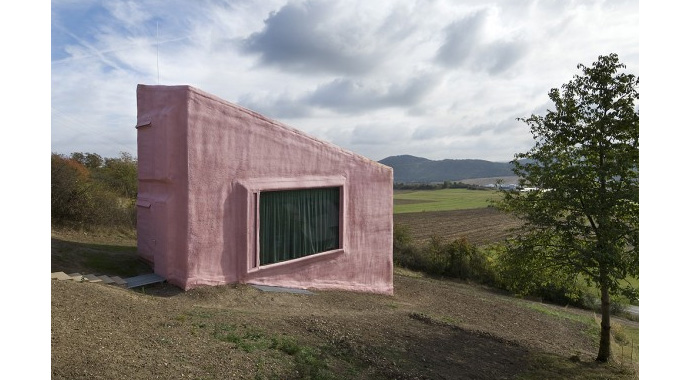
The space incorporates a ton of built-ins, large windows and very few internal walls with the exception of a type of netting used in some places and curtains in one area. One of its most unique small space features is a storage space underneath the floor, which hides a movie projector for the family’s own home theater.
Two recent small space executions here in Prague have been realized by a group of young architects called The Builders. The flat in Vinohrady, which measures just 37 m2, saves space through a number of features: most notably a kind of box structure, which incorporates the kitchen, office and bedroom in one.
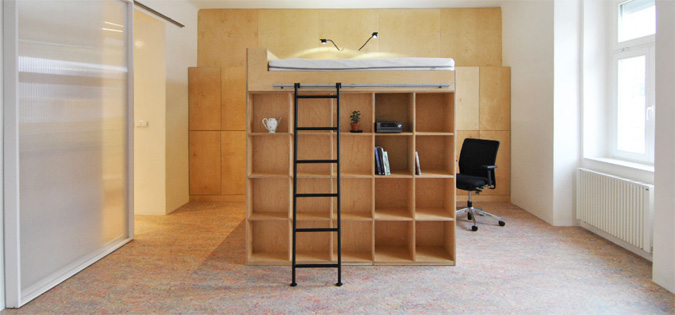
The flat in Michle, which measures 30 m2, emphasized minimizing the total number of elements with built-ins, floating shelves, a foldable kitchen table and a flat screen TV, which runs on a track bordering the ceiling so it can be moved to accommodate the owner’s current perspective. Prague-based A1 Architects have received a lot of recognition for their series of tiny tea houses and a project they worked on a few years back called The Small House project where they, as expressed on their website, “decided to explore the theme of limitless living in a limited space.”
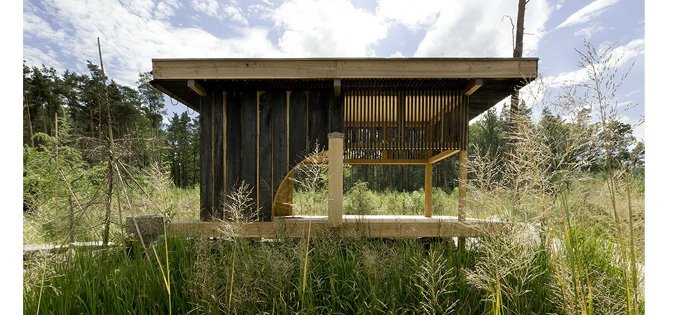
Their conclusion, after conceptualizing several small houses, sums up the benefits of small space living in general: “small for us does not mean uncomfortable, inadequate and especially not minimal. It means more inviting, human and cozy.”
Have you seen any exceptional small flats or homes? Do you have any ideas for small space living? As always, we’d love to hear your ideas.
Related articles












 Reading time: 6 minutes
Reading time: 6 minutes 